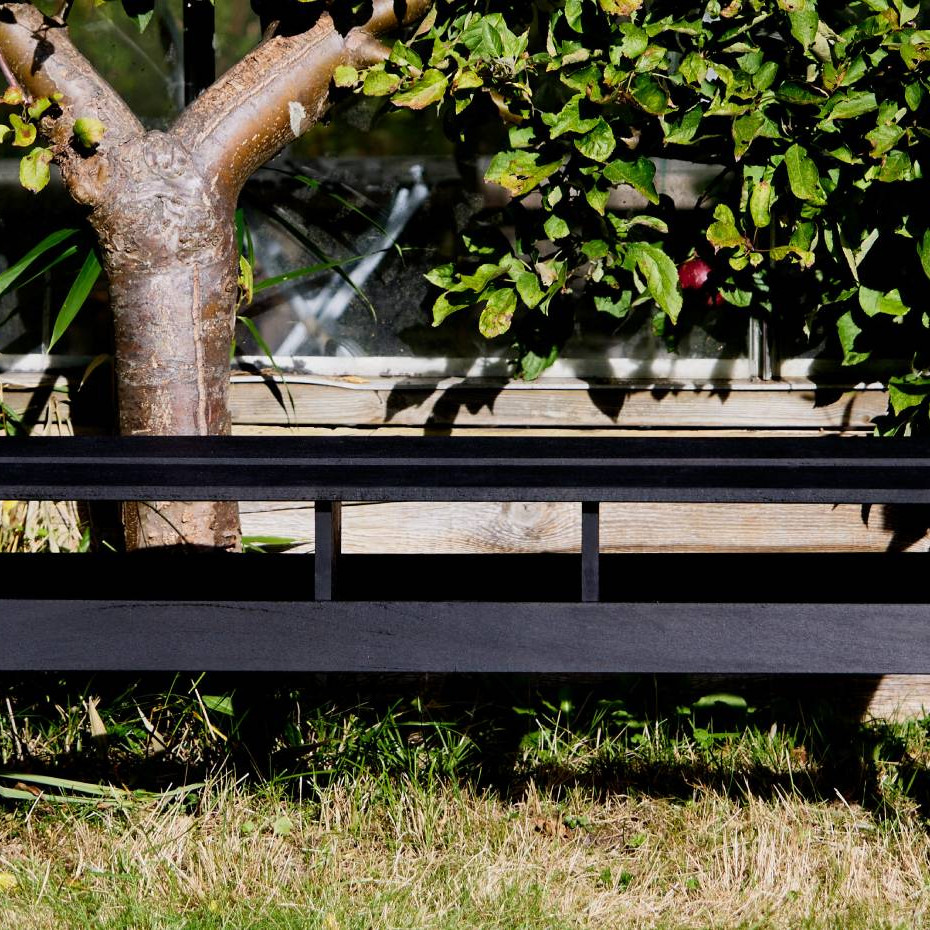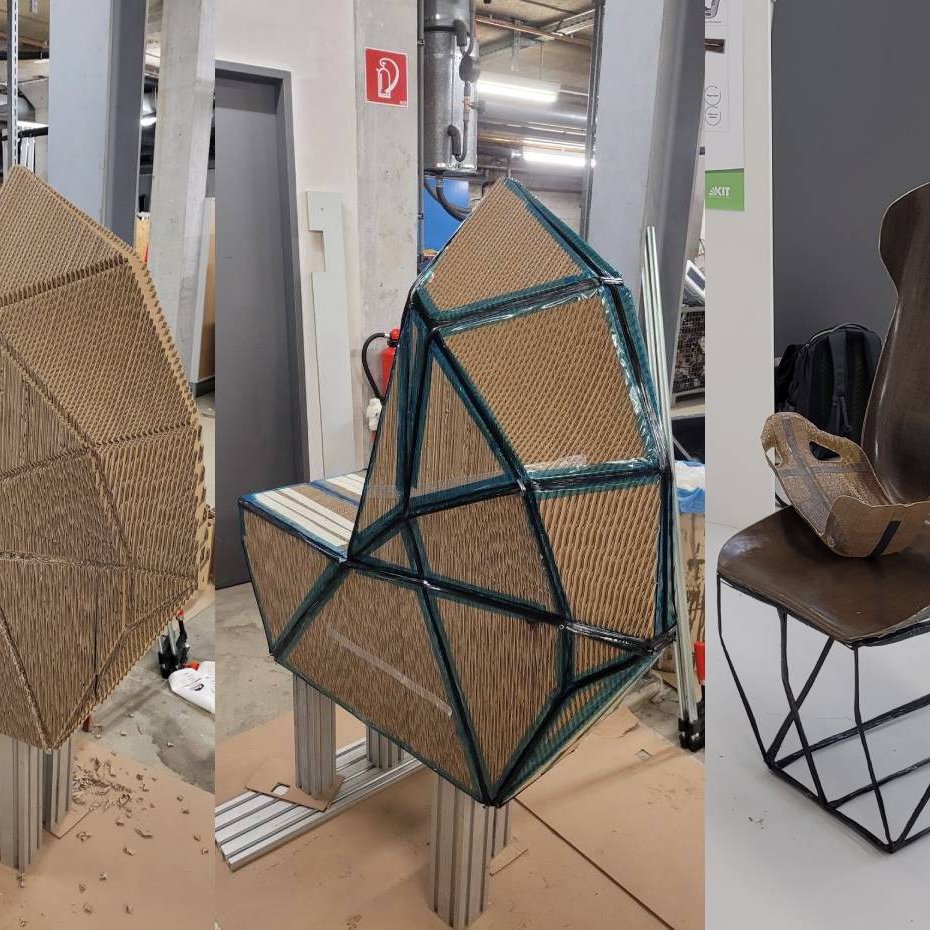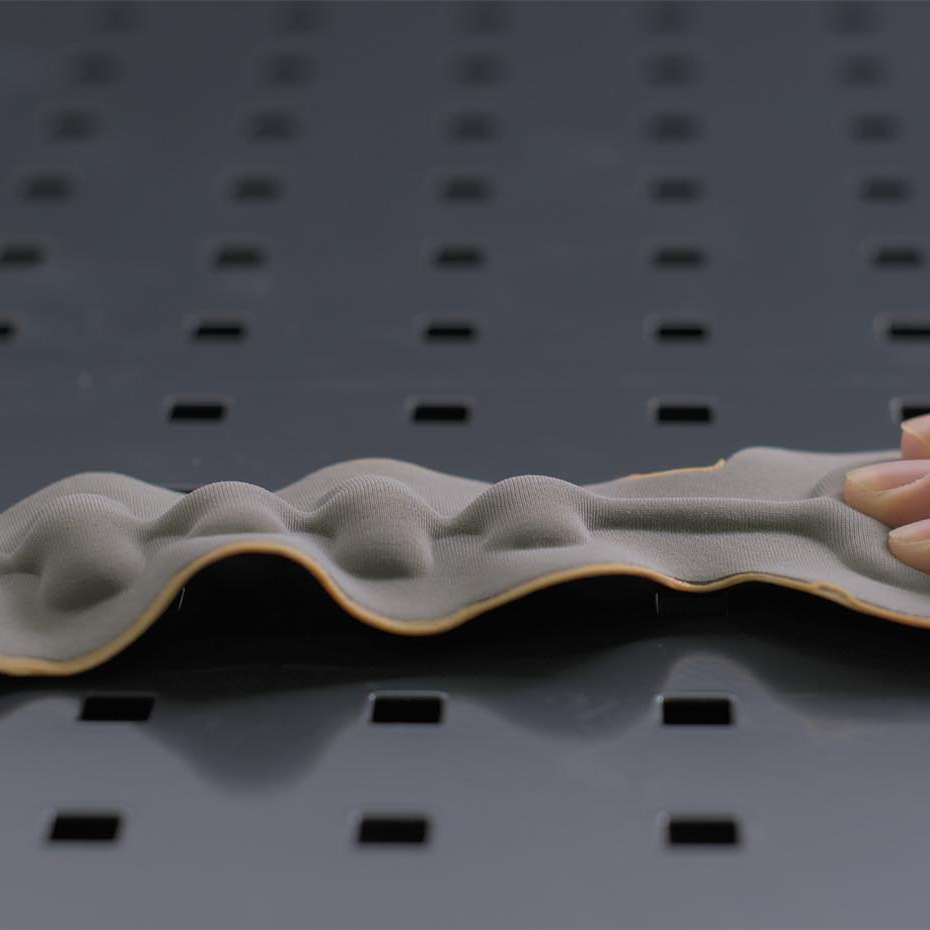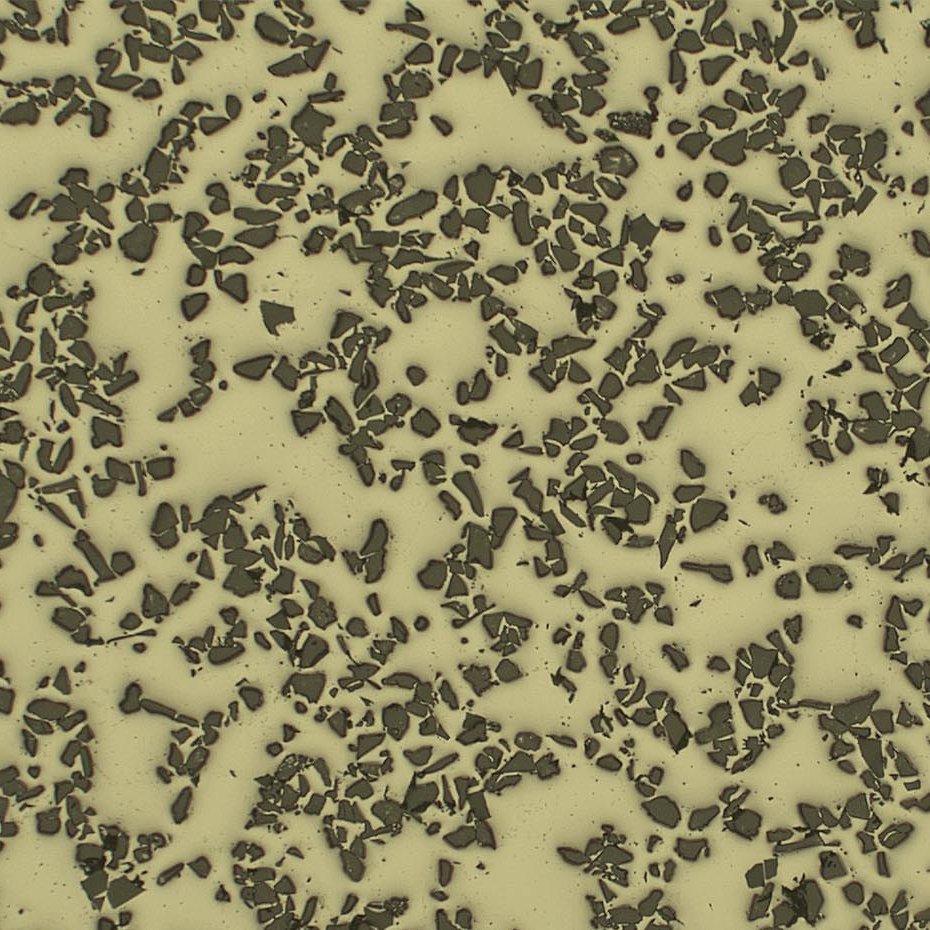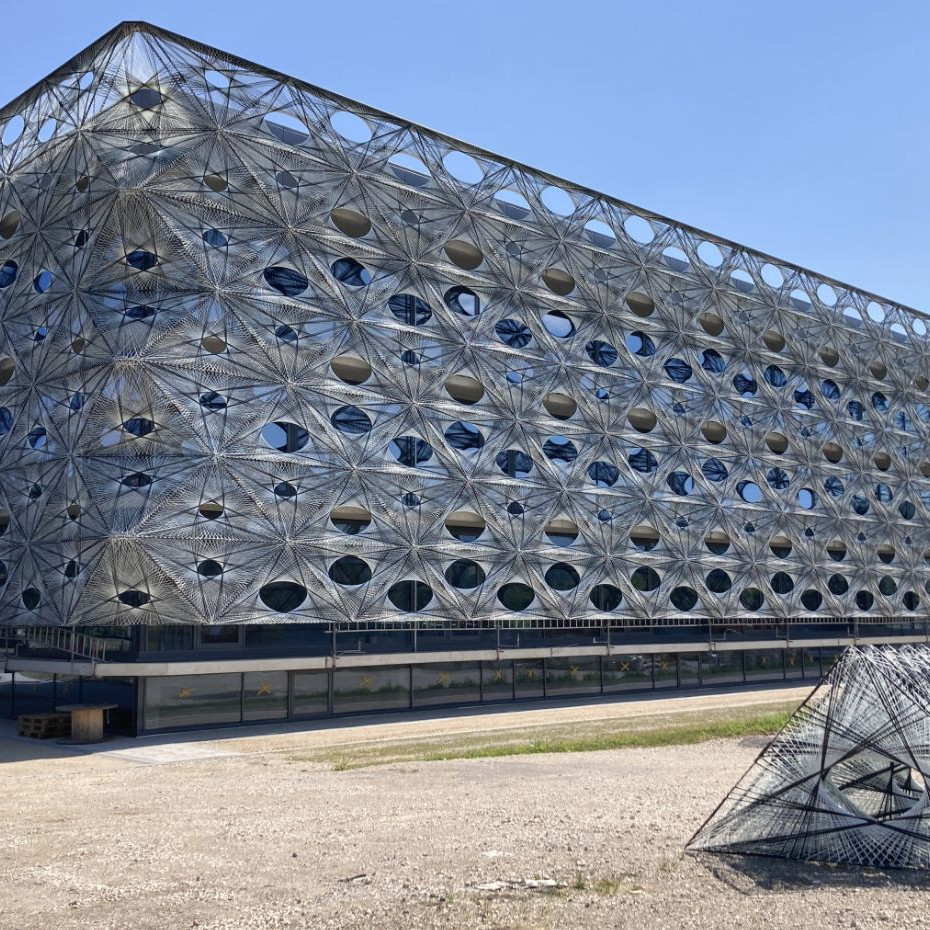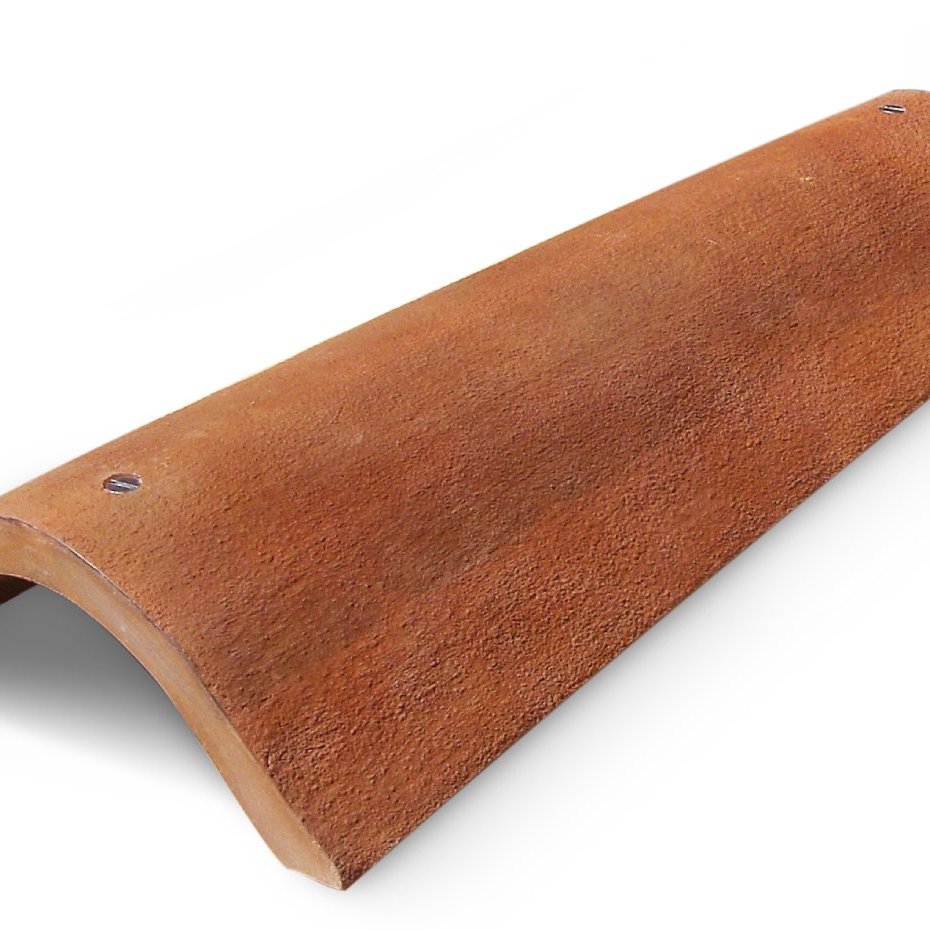Sustainable Multipurpose Materials for Design
specialist book: Materials Experience
November 2013
editios: Elvin Karana, Owain Pedgley, Valentina Rognoli
publisher
Reed Elsevier India
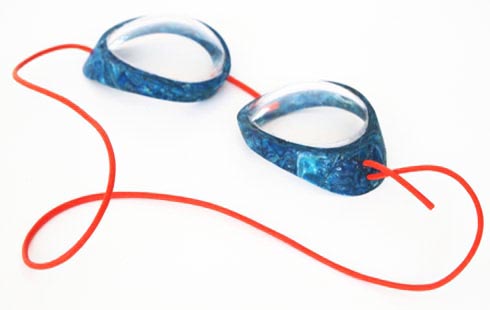
Car bodies made by spider silk proteins, furniture made from fish scales, lightweight panels made of bamboo rings or light reflecting concrete: These are just some of the most striking examples of a development that will take on a revolutionary character in the near future. Natural biomass, lightweight materials and smart material concepts that incorporate an additional inner quality are becoming more and more prevalent.
The world seems to be undergoing radical change. Materials are becoming more natural, healthier and more sustainable. The design sector has been the most active in discovering the possibilities inherent in these innovative materials through the development of a new product culture whose most important aspect is sustainability.
Designers prepare the ground for promising innovative materials to enter the marketplace and, through dialogue with manufacturers, foster the development of new material or come up with problem solving materials on their own. In this chapter, we provide an overview of developments in the bio-based and sustainable material sector as well as in the fields of lightweight construction solutions and intelligent materials.
image: fish scales plastic (design: Erik de Laurens)
Ecoblaq molecular wood colours
23 March 2024
Ecoblaq is a molecule manipulation method, a natural chemical reaction, making…
Natural fiber reinforced car seat
22 October 2023
The focus of the project "Design for Recycling" is a seat shell that is made…
MotorSkins morphing textiles
19 April 2022
Berlin based start-up MotorSkins designs and produces textiles with embedded…
3D Pioneers Challenge 2022
15 December 2021
The 3D Pioneers Challenge 2022 adresses tech pioneers who pave the way for…
IGNIS – Light from waste heat energy
12 August 2020
The availability of affordable, independent and, above all, clean electrical…
Brake disc with reduced fine dust
21 April 2021
Fine dust endangers our health. One of the main sources is traffic, especially…
Texoversum
15 July 2023
With the "Texoversum", Reutlingen University has put into operation a training…
Invisible Terracotta Solar Rooftile
10 May 2023
The family-run business Dyaqua has developed a technology to integrate a…
Xarvio – Digital Farming
8 January 2021
BASF Digital Farming GmbH has received the renowned Crop Science Award for the…
